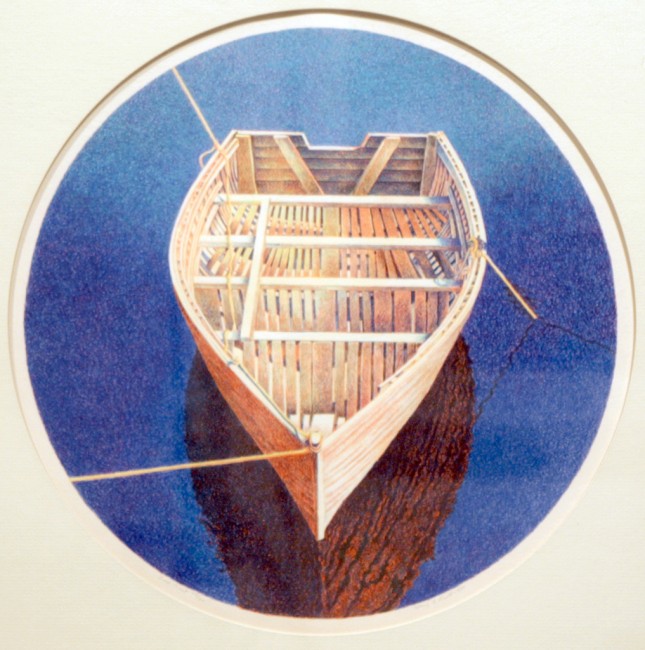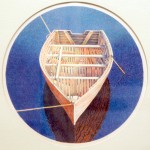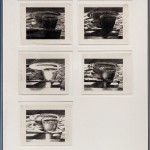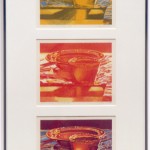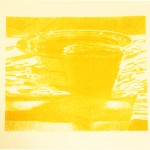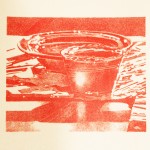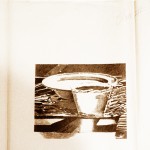1935- 2018
Currently available works. Please contact the gallery for prices and information on appraisals and sale of your artwork.
_____
Mary Pratt is recognized as one of the foremost contemporary Canadian realist painters. Her work is represented in most major public gallery collections across Canada as well as in numerous private collections. She lived and worked in Newfoundland.
In the late 1960s, Pratt discovered the subject matter that was to become the focus of her work–the everyday moments and rituals captured by her camera from around her home and family.
From the National Gallery of Canada’s website:
“[In the late 1960’s] Pratt began searching for a new working method to describe the heightened modes of perception that were central to her experience. She began to experiment with the use of light to transform an ordinary moment into a charged theatrical scene. What she found, however, was that light changed faster than she could sketch or paint. She responded to the dilemma by using a camera to “still” the light and the moment. The image became a record of a potent visual experience that she could later interpret in her paintings. With this methodology, and with her children older and less demanding of her time, Pratt began working steadily in her studio.
In her work of the 1970s, Pratt addressed the everyday objects of women’s domestic lives. By depicting them close-up and in detail, she suggested larger symbolic meaning, as well as a sense of absurdity. Light plays upon the subject to activate the mundane and infuses it with new meaning.”
And regarding Red Currant Jelly, oil on panel, 1972, in their collection:
“Mary Pratt is interested in the surface qualities – light and shadows, colours and textures – of everyday objects. Working from colour slides, she tightly crops the composition making the banal subject matter vibrate with intensity and tension. Finding extraordinary meaning in the ordinary shapes and textures of domestic life, especially food preparation, Pratt presents visual icons of her life. The lines created by the placement of the four glass bowls of jelly, in conjunction with the lines of the foil and cast shadows, enhance the one-point perspective in this composition. Here jelly is put out to set, but the scene is tenuous and unsettling. The intensity of the late afternoon sunlight reflecting on the liquid becomes suggestive of other red fluids, like wine or blood. This celebration and re-contextualization of the ordinary has earned Pratt a national reputation.”
